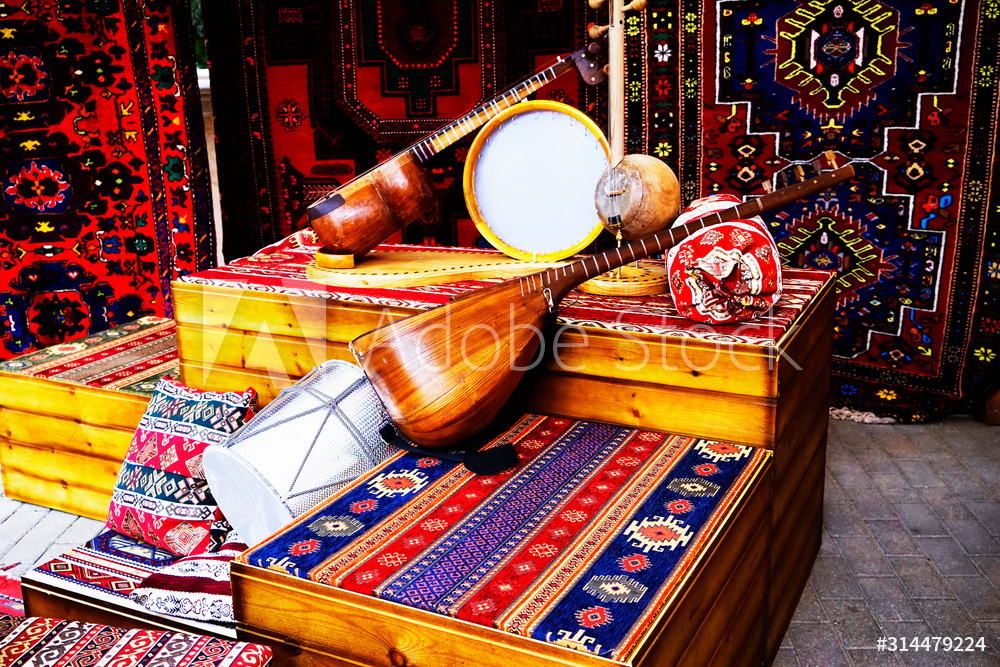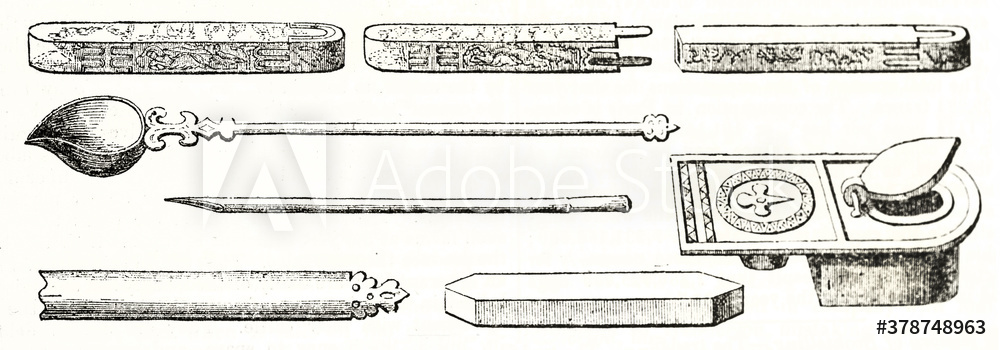The original Persian music, also known as Persian traditional music and Persian classical music, includes Dastgah, melody, and Avaz. This kind of music has existed before Christendom and reached us mainly by word-of-mouth. The more enjoyable and easier parts have remained up until now.
Persian music influenced the music of the major parts of Central Asia, Afghanistan, Pakistan, Azerbaijan, Armenia, Turkey, and Greece. Also, each one of them has also contributed to the formation of this music. Barbod, Nagisa and Ramtin are the famous Persian musicians in ancient Iran.
The history of musical development in Iran dates back thousands of years. Archaeological records attributed to pre-Iranian civilizations, such as those of Elam in the southwest and of Oxus in the northeast, demonstrate musical traditions in the prehistoric times.
Little is known about the music of the classical Iranian empires of the Medes, the Achaemenids and the Parthians. However, an elaborate musical scene is revealed through various fragmentary documents, including those that were observed at the court and in public theaters and those that credited with the invention of music.
Indigenous Iranian musical instruments used in the traditional music include string instruments such as the chang, qanun, santur, rud, tar, dotar, setar, tanbur and kamanche and wind instruments such as the sorna, ney, and neyanban, and percussion instruments such as the tompak, kus, daf, nagare, and dohol.





